7 Exercises to Avoid When You Have Scoliosis
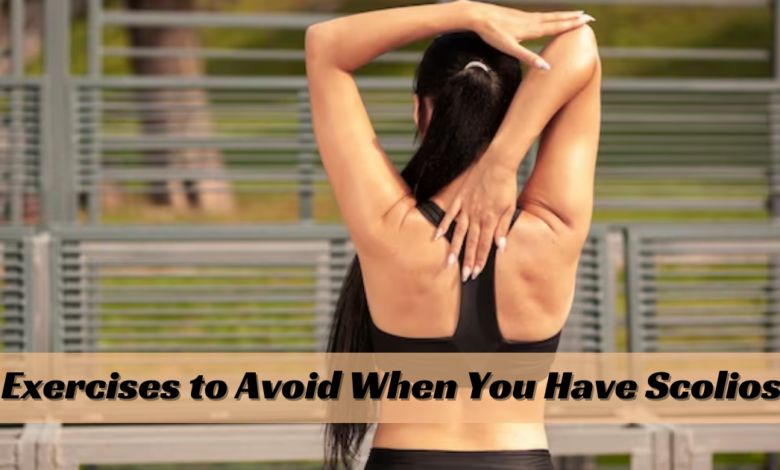
Scoliosis, a condition characterized by an abnormal lateral curvature of the spine, affects millions of people worldwide. While exercise is often recommended to manage scoliosis and alleviate symptoms, not all exercises are beneficial. In fact, there are certain exercises that individuals with scoliosis should avoid to prevent exacerbating the condition. In this article, we will delve into the types of exercises that individuals with scoliosis should steer clear of and explore alternative exercises that can be beneficial.
What Is Scoliosis?
Scoliosis is a medical disease marked by abnormal lateral curvature of the spine. Instead of a straight line down the back, the spine may curve to the left or right, forming a “S” or “C” shape. This curvature can range in severity and may appear during childhood or adolescence. Scoliosis can also develop in maturity as a result of degenerative changes in the spine.
Scoliosis symptoms may include back pain, unequal shoulders or waistline, difficulty breathing, and weariness. For moderate occurrences, treatment options include observation and monitoring, while more severe cases may require bracing or surgery. Early detection and proper treatment are critical for avoiding problems and maintaining spinal health.
Understanding Scoliosis Exercises
Exercise is an essential component of managing scoliosis as it helps improve flexibility, strengthen muscles, and promote overall spinal health. However, not all exercises are suitable for individuals with scoliosis. Understanding the types of exercises that can potentially harm rather than help is crucial.
Why Should You Do Exercises for Scoliosis?
Exercises for scoliosis are essential for controlling the condition and improving overall spine health. Here are a few reasons why scoliosis workouts are beneficial:
- Improving posture: Scoliosis can induce asymmetry in the spine, resulting in postural problems such unequal shoulders or hips. Specific workouts that target core muscles and spinal alignment can improve posture and lessen the appearance of curvature.
- Muscle strengthening: Strengthening muscles around the spine, including abdominals, back, and hips, supports the spinal column, stabilizes it, and reduces the risk of scoliosis.
- Reducing pain and discomfort: Scoliosis can cause back pain, muscle tension, and discomfort. Exercises aimed at releasing tight muscles, improving flexibility, and increasing spinal motion can alleviate these issues.
- Preventing future progression: Exercises can prevent scoliosis progression by maintaining spinal alignment and strengthening muscles, especially beneficial for teenagers with scoliosis, as early management can reduce deteriorating curvature.
- Improving mobility and flexibility: Scoliosis restricts spinal mobility, impacting daily activities. Exercises promoting flexibility and mobility can enhance the spine’s range of motion, promote functional movement, and reduce stiffness.
- Improving overall well-being: Regular physical activity, including scoliosis exercises, can enhance mental and emotional health by producing endorphins, improving mood, reducing stress, and enhancing overall quality of life.
- Promoting cardiovascular health: Aerobic exercises like walking, swimming, or cycling can enhance cardiovascular health without straining the spine, promoting overall health and vigor.
- Empowering self-management: Individuals with scoliosis can actively manage their condition by participating in activities suited to their specific needs. This sense of strength and control over their health might result in increased confidence and independence.
Overall, including workouts into a scoliosis care plan provides multiple benefits, including improved physical function, symptom relief, and improved overall well-being for people living with this condition.
CLEAR Treatment and Scoliosis-Specific Exercises
CLEAR (Chiropractic Leadership, Educational Advancement, and Research) treatment is a non-surgical method of controlling scoliosis that focuses on correcting spinal misalignments, improving posture, and slowing curvature growth. It combines chiropractic adjustments, rehabilitative activities, and lifestyle changes suited to the individual’s specific requirements. When it comes to scoliosis-specific exercises within the CLEAR approach, many crucial components are highlighted:
- Chiropractic Adjustments: Chiropractors conduct manual manipulations to realign the vertebrae in the spine. The goal is to reduce spinal curvature while improving total spinal function.
- Rehabilitation Programs: Individualised rehabilitation programmes are designed based on the patient’s age, degree of curvature, and overall health status. These programmes may involve manual therapy, therapeutic exercises, and corrective procedures to address spinal misalignments and improve function.
- Postural Training: Patients are taught good posture and ergonomics to keep their spines aligned during daily activities. This could include ergonomic exams, posture correction procedures, and lifestyle changes.
- Monitoring and Progression: Regular monitoring of spine curvature progression is critical for determining treatment efficacy. Exercise programme adjustments may be done in response to changes in curvature, symptoms, or functional improvements.
- Patient Education: Patients gain knowledge about their ailment, treatment alternatives, and self-care practices. They are urged to participate actively in their treatment and develop healthy lifestyle choices that promote spinal health.
Consult with a trained healthcare physician to evaluate the best treatment plan for scoliosis, including whether the CLEAR approach is appropriate for your specific needs.
Exercises to Avoid When Having Scoliosis
1. Heavy Weightlifting
While strength training can improve overall health, heavy weightlifting activities like deadlifts, squats, and overhead presses can place a strain on the spine. For those with scoliosis, these workouts can aggravate spinal curvature and increase the risk of injury.
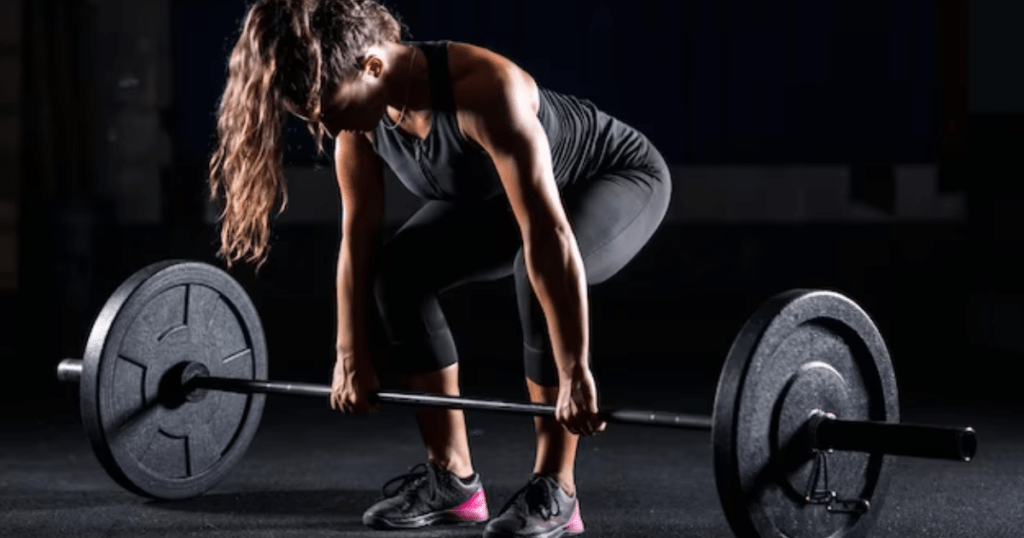
2. High-Impact Aerobics
High-impact aerobics, such as running, leaping, and high-intensity interval training (HIIT), can strain the spine and exacerbate scoliosis symptoms. Low-impact workouts, such as walking, swimming, or cycling, are preferable options for cardiovascular fitness because they do not put the spine at risk.
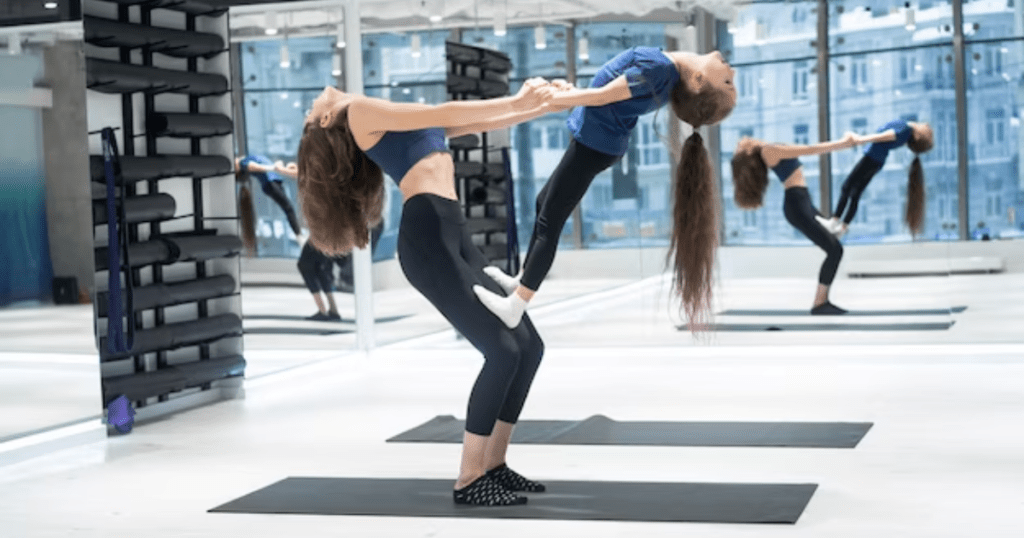
3. Twisting Movements
Twisting or rotational exercises, such as Russian twists or torso rotations, can cause uneven pressure on the spine, resulting in increased spinal curvature. It is critical to avoid these motions and instead focus on activities that improve spine alignment and stability.
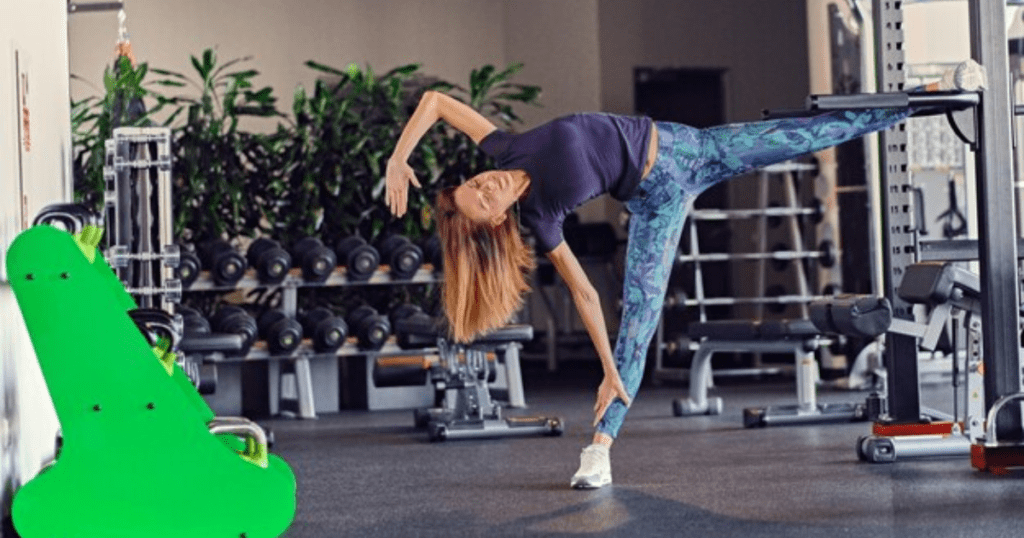
4. Deep Backbends
Yoga and Pilates are popular kinds of exercise that can help people with scoliosis by increasing their flexibility and core strength. Deep backbends, such as wheel pose or complete cobra pose, can overextend the spine and strain the muscles, thereby exacerbating scoliosis symptoms.
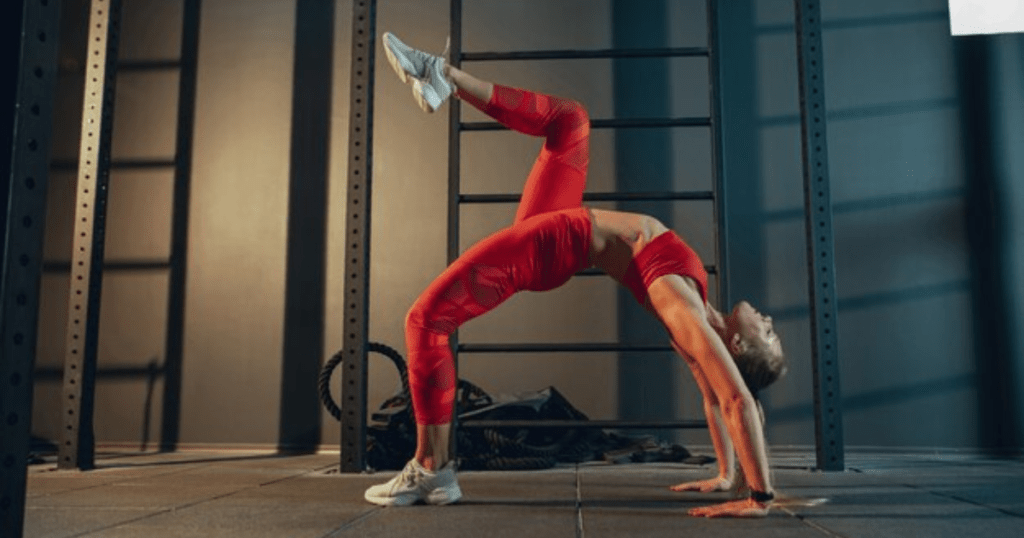
5. Extreme Flexion Exercises
Excessive forward bending, particularly in exercises such as toe touches or straight leg raises, can put a strain on the spine, especially in people with scoliosis. Instead, concentrate on mild exercises that increase flexibility while maintaining spinal alignment.
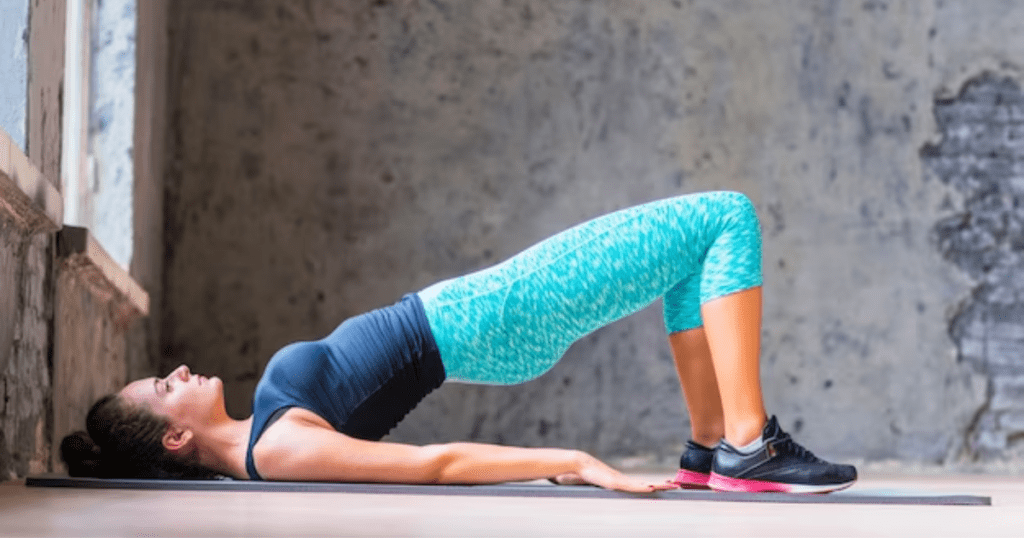
6. Unsupported Overhead Movements
Individuals with scoliosis should avoid exercises that entail lifting weights or extending their arms overhead without sufficient support because they can destabilise the spine and increase the risk of damage. To avoid spinal strain, it is critical to maintain good form and alignment when doing overhead movements.
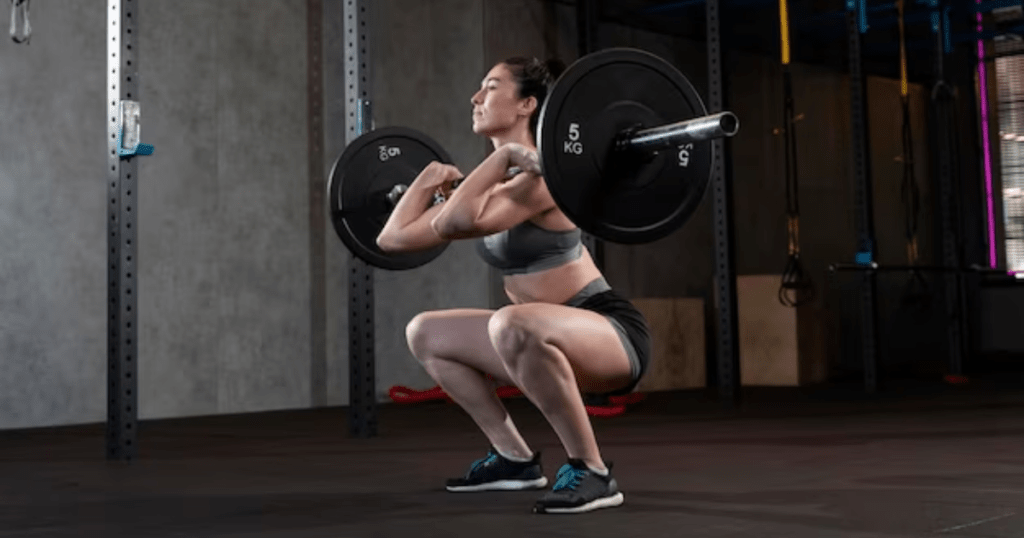
7. Contact Sports
Contact sports like football, rugby, and hockey need a lot of physical contact and impact, which can be dangerous for those with scoliosis. These activities can raise the risk of spinal injury and worsen existing scoliosis symptoms. Instead, think about low-impact sports or recreational activities that emphasise spinal protection.

Pilates Exercises To Avoid With Scoliosis
While Pilates exercises can help improve core strength, flexibility, and posture, there are some activities that people with scoliosis should avoid or alter to avoid exacerbating the illness. Here are several Pilates movements that people with scoliosis should undertake with caution or avoid completely:
- Twisting exercises: Excessive twisting or rotation of the spine may increase stress to the already bent spine and cause spinal asymmetry. Full spinal twists and rotational exercises like the “Saw” or “Twist” are examples.
- Side-bending exercises: Pilates exercises involving lateral flexion or side-bending may worsen scoliosis curvature, so caution is advised, especially if they cause pain or strain.
- Deep backbends: Exercises like “Swan” or “Cobra” should be approached cautiously and with limited range of motion to avoid exacerbating scoliosis symptoms due to pressure on spinal discs and facet joints.
- Overhead workouts: Pilates exercises like “Hundred” or “Overhead Reach” can strain shoulders and upper back muscles, so individuals with scoliosis should be mindful of their shoulder position.
- Exercises in full extension: Exercises like “Roll-Up” or “Teaser” may strain the spine, especially in those with lumbar or thoracolumbar scoliosis. Consider modifying or adjusting posture for a more neutral effect.
- High-impact exercises: Individuals with scoliosis should steer clear of high-impact Pilates exercises and activities involving jumping, bouncing, or rapid jarring motions due to potential spine strain and injury risk.
- Unilateral exercises: Exercises focusing on one side can worsen muscle imbalances in scoliosis patients. Instead, focus on balanced motions that use both sides equally.
Scoliosis patients should consult a skilled Pilates instructor, listen to their body, avoid movements causing pain, and consult a healthcare expert before starting any exercise program.
Weightlifting Exercises To Avoid With Scoliosis
Weightlifters with scoliosis should proceed with caution and may need to avoid specific activities that could aggravate their condition or create discomfort. Individuals with scoliosis may choose to avoid or alter the following weightlifting exercises:
- Heavy deadlifts: Heavy deadlifts strain the spine, especially the lower back, making scoliosis patients more susceptible to injury. Alternatives like Romanian deadlifts or kettlebell swings are recommended.
- Heavy squats: Squats can strain the spine, especially the lumbar area, especially in individuals with scoliosis. Opt for goblet or bodyweight squats with proper form to avoid excessive pressure.
- Overhead presses: Overhead pressing activities can be uncomfortable for individuals with scoliosis, so seated shoulder presses or resistance bands may be more suitable.
- Twisting movements: Exercises like Russian twists or cable woodchoppers can strain spine muscles, so avoid or limit twisting movements if they cause discomfort or worsen spinal curvature.
- Heavy bent-over rows: Rowing with heavy weights can strain the lower back and worsen spinal curvature in individuals with scoliosis, so opt for smaller weights or back-supporting machines.
- Heavy barbell or dumbbell shrugs: Shrugging exercises can strain upper back and neck muscles, exacerbating scoliosis tension and discomfort. Instead, consider milder variations or alternative exercises like upright rows or resistance bands.
- Excessive spinal compression: Exercise caution against workouts that cause excessive spinal compression or loading, such as heavy weighted carries, farmer’s walks, or back extension machines, as they can strain the spine and cause discomfort.
Scoliosis patients should consult a fitness professional for a safe workout program, focusing on core stability, strength, and flexibility, and avoiding activities that aggravate spinal asymmetry or pain. Always listen to their body and seek medical attention if needed.
Alternative Exercises for Scoliosis
Individuals with scoliosis should choose exercises that enhance spinal health, improve posture, and strengthen the muscles that support the spine while reducing the risk of aggravating curvature or discomfort. Here are some alternate workouts that can be useful for those with scoliosis:
- Swimming: Swimming, a low-impact exercise, promotes cardiovascular health, muscle growth, and flexibility without straining the spine, with strokes like freestyle and backstroke promoting symmetrical movement.
- Yoga: Yoga, a form of exercise, aids individuals with scoliosis by promoting spinal flexibility, core muscle strength, and alignment through poses like Cat-Cow, Child’s Pose, and Cobra Pose.
- Pilates: Pilates exercises, designed for individuals with scoliosis, enhance core strength, flexibility, and postural alignment, while modified exercises prevent twisting or side-bending, promoting spine stability and muscle balance.
- Tai Chi: Tai Chi, a gentle martial art, promotes balance, coordination, flexibility, relaxation, and stress reduction, potentially benefiting individuals with scoliosis through its slow, flowing movements and deep breathing.
- Resistance band exercises: Resistance band workouts, including seated rows, chest presses, and leg lifts, are a moderate technique for muscle building without causing spine strain.
- Stability ball activities: Stability balls are versatile exercises that enhance core stability and balance without straining the spine, aiding in core exercises like crunches, bridges, and leg lifts.
- Walking: Walking is a simple yet effective workout that enhances cardiovascular health, leg muscle development, and overall well-being, while also promoting mobility, reducing stiffness, and enhancing spinal health.
- Gentle stretching: Exercises targeting spine-tight muscles, such as stretching hamstrings, quadriceps, hip flexors, chest, and shoulders, can relieve stress, increase flexibility, and improve posture and range of motion.
Consult a healthcare expert, especially for scoliosis, to ensure safe exercise choices, listen to your body, avoid painful exercises, and gradually progress as tolerated.
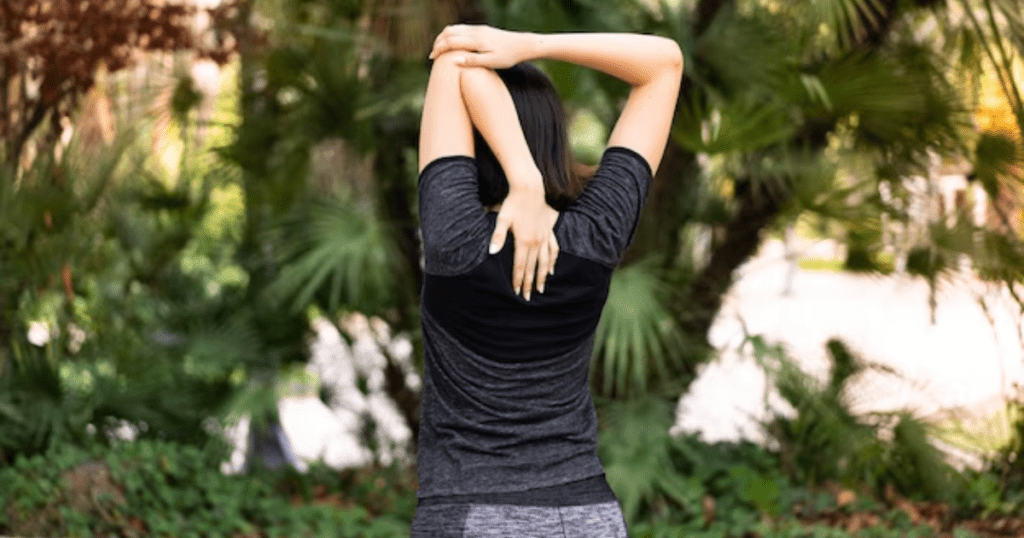
Read More: Why Did My Pores Get Bigger All of a Sudden
Conclusion
Finally, while exercise can help manage scoliosis, it’s crucial to be aware of certain exercises to avoid. To prevent spine curvature from worsening, avoid high-impact activities, twisting motions, heavy weightlifting, and painful exercises. To promote spinal health and relieve symptoms, focus on low-impact cardio, core-strengthening exercises, and stretching. Always consult a healthcare expert before beginning any scoliosis exercise programme.
Frequently Asked Questions
Can I exercise if I have scoliosis?
Exercise is beneficial for those with scoliosis, but some workouts might exacerbate the condition. Always with your doctor or physical therapist to determine the best exercises for you.
Why Should I Avoid Certain Exercises With Scoliosis?
Certain exercises, such as heavy weightlifting or excessive twisting motions, might place additional strain on your spine. This strain might exacerbate your scoliosis and produce further pain.
Are There Any Exercises That Could Hurt My Back?
Yes, some exercises can injure your back if you have scoliosis. Avoid activities that require excessive forward bending, such as toe-touches, or strong twisting of the spine.
Can I still be active if I have scoliosis?
Absolutely! You may stay active with scoliosis by practicing activities that strengthen your core muscles, increase flexibility, and encourage excellent posture. Swimming, walking, and yoga are excellent choices.
How Can I Determine Whether an Exercise Is Safe for My Scoliosis?
If you’re unsure whether a workout is suitable for your scoliosis, consult a healthcare practitioner. They can provide you with personalised guidance based on your condition and assist you in developing a safe and successful fitness regimen.
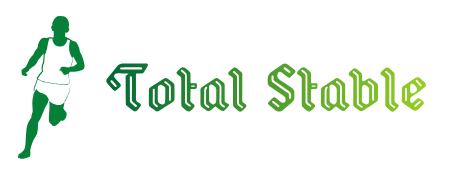




Thank you for your sharing. I am worried that I lack creative ideas. It is your article that makes me full of hope. Thank you. But, I have a question, can you help me?
Yes anytime! How can I help you?
Your article helped me a lot, is there any more related content? Thanks!
Can you be more specific about the content of your article? After reading it, I still have some doubts. Hope you can help me.
I have read your article carefully and I agree with you very much. This has provided a great help for my thesis writing, and I will seriously improve it. However, I don’t know much about a certain place. Can you help me?
Thank you for your sharing. I am worried that I lack creative ideas. It is your article that makes me full of hope. Thank you. But, I have a question, can you help me?